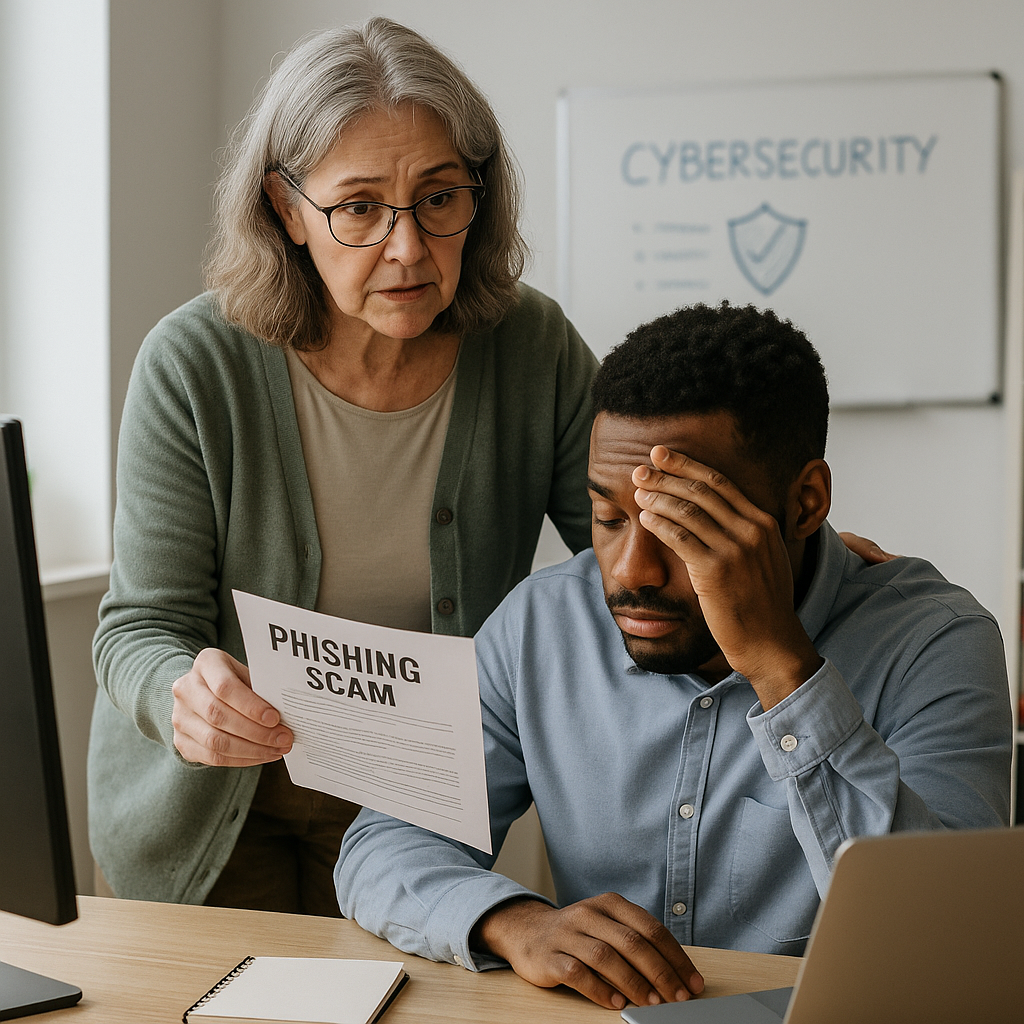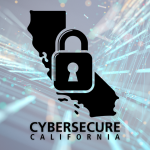
You’ve locked down the firewall, upgraded endpoint protection, and configured backups like a pro. But all it takes is one well-meaning click from a staff member to bring it all crashing down.
Welcome to the uncomfortable truth of school cybersecurity in 2025: your biggest vulnerability isn’t a gap in your software — it’s the people using it.
Your Firewall Is Set, But Is Your Staff? Why Human Error Is Still the #1 Threat
You’ve locked down the firewall, upgraded endpoint protection, and configured backups like a pro. But all it takes is one well-meaning click from a staff member to bring it all crashing down.
Welcome to the uncomfortable truth of school cybersecurity in 2025: your biggest vulnerability isn’t a gap in your software — it’s the people using it.
The Problem Isn’t Technology — It’s Behavior
School districts spend thousands locking down networks, but overlook one critical factor: human behavior.
Phishing emails disguised as vendor invoices. Login screens that mimic Google Workspace. Malware links that appear to come from your Superintendent.
All it takes is one:
- Teacher rushing through emails between classes
- Admin assistant opening a spreadsheet labeled “Payroll Update”
- Principal forwarding a fake login link to the whole staff
The firewall can’t stop that.
Why This Hits Schools Harder
In schools, everyone wears multiple hats. And cybersecurity often takes a backseat to lesson planning, student crises, or budget meetings.
That means staff are:
- Less likely to pause and verify suspicious emails
- More prone to reuse passwords across platforms
- Often unaware of what to report or when to escalate
And unfortunately, threat actors know this. They’re not just targeting your tech — they’re targeting your team.
Human Error Is the #1 Cause of Breaches
According to national edtech audits, more than 80% of breaches in schools start with human error. Not lack of antivirus. Not open ports.
Just a moment of distraction. Or trust. Or curiosity.
So What Can You Do?
1. Start with Awareness
Run regular phishing simulations and short training bursts. Not long seminars — just-in-time micro-lessons that stick.
2. Use Real-World Examples
Show staff real phishing attempts that have hit your district or nearby schools. Make it relevant. Make it real.
3. Make It Safe to Report Mistakes
Create a culture where reporting a mistake is met with gratitude, not shame. The faster something is reported, the less damage it does.
4. Include Everyone
Front office staff. Coaches. Substitute teachers. If they touch a device, they’re part of your security perimeter.
5. Make Training Part of Onboarding
Baking cybersecurity into the onboarding process ensures new staff don’t become easy targets.
Cybersecurity isn’t just hardware and hex values. It’s human.
Every staff member who spots a phishing email or locks their screen is part of your defense strategy. And every one who doesn’t might open the door to a breach.
Your firewall might be set. But your people need configuring, too.
Cybersecure California is here to help you lead the conversation on staff training, human-layer protection, and smarter school security strategies.
Because in education, trust is everything. And trust deserves protection at every level.
🔍 Want More K–12 Cybersecurity Resources?
Explore free guides, toolkits, and policy templates made just for California public schools.
Visit the K–12 Cybersecurity Hub »

